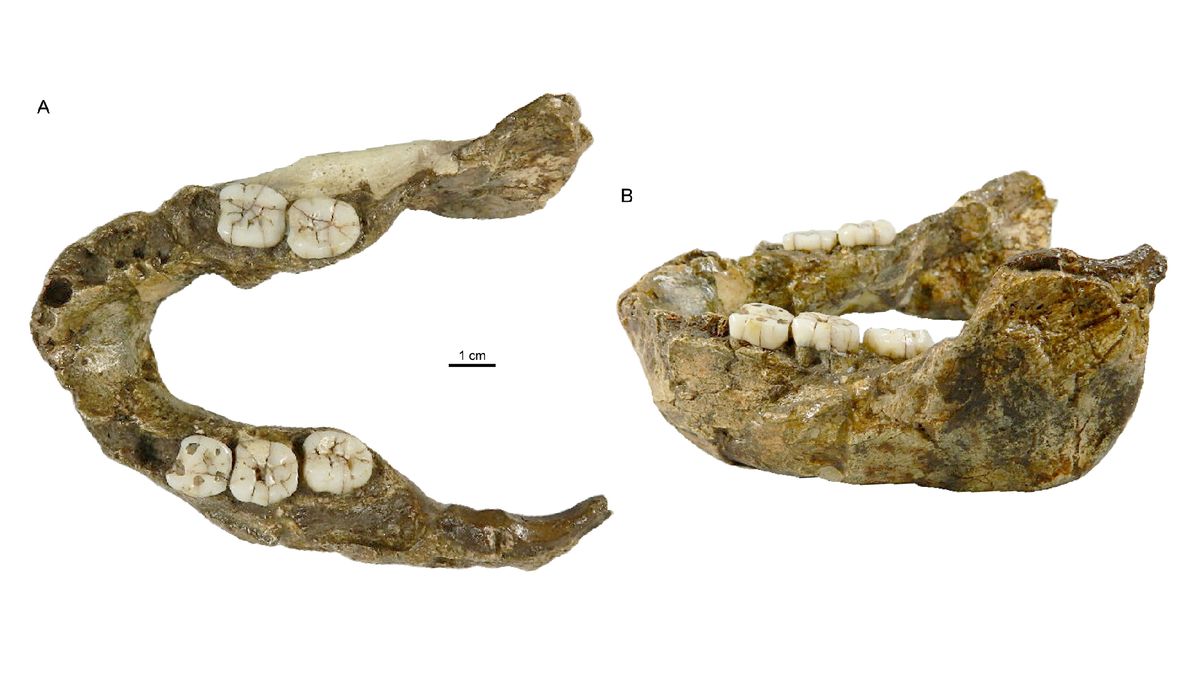Scientists have identified neurons in an evolutionarily ancient part of the brain that control when you stop eating a meal — at least in rodents.
The researchers discovered that cholecystokinin (CCK) neurons — which are found in the brain stem, one of the oldest parts of the brain — integrate various signals produced as we eat, causing us to feel full and not want to take another bite. The scientists described their findings in a new study published Wednesday (Feb. 5) in the journal Cell.
The feeding signals these neurons respond to relay information like how much food is detected by receptors in the mouth; how full the stomach is; and how high the levels of different “hunger-signalling hormones” in the blood are. These hormones rise and fall in response to food consumption and metabolism.
The new research is still in its early stages, having only been conducted in mice so far. However, the human brain stem is fairly similar to that of mice, so it’s likely that the same control mechanism occurs in our brains too, the study authors said.
Related: Does it really take 20 minutes to realize you’re full?
Different cell types in the brain regulate various aspects of feeding behavior, such as hunger and satiation, study lead author Srikanta Chowdhury, an associate research scientist at Columbia University Vagelos College of Physicians and Surgeons, told Live Science in an email. Satiety refers to the feeling of fullness and satisfaction after a filling meal.
For instance, some neurons in part of the brain called the hypothalamus detect when metabolism levels are low and stimulate feelings of hunger to promote food intake, while other neurons regulate jaw movements while we eat, he said. But until now, little was known about how the brain senses the amount of food we’re eating in real time to regulate how much more we consume, he noted.
The team focused on the brain stems of mice to build on research in rodents dating back to the 1970s, which hinted that the brain stem could play a role in regulating feelings of fullness. However, which particular cells within this region did this and and how was unclear.
To see how CCK neurons may influence eating, the scientists genetically modified mice so that their CCK neurons could be switched on and off using light in lab experiments. They found that when these neurons were activated, the mice ate smaller meals compared to unmodified mice, and the extent of activation determined how quickly the modified mice stopped eating.
The findings suggest that CCK neurons regulate how much mice eat during a given meal, the team concluded.
If equivalent neurons are found in the human brain stem, the findings could theoretically lead to the development of new treatments for conditions like obesity.
This idea was supported by separate experiments conducted in the same study, in which the team discovered that mouse CCK neurons can be activated by a drug called exendin-4, which caused the mice to stop eating. Exendin-4 is in the same class of drugs as Ozempic and Wegovy, which are becoming increasingly popular for the treatment of type 2 diabetes and obesity, respectively.
“Whether used alone or alongside other medical interventions, these findings could provide a pathway for clinically regulating eating behavior and possibly for developing weight-reducing drugs,” Chowdhury said. But again, these findings in rodents must first be extended to people.













